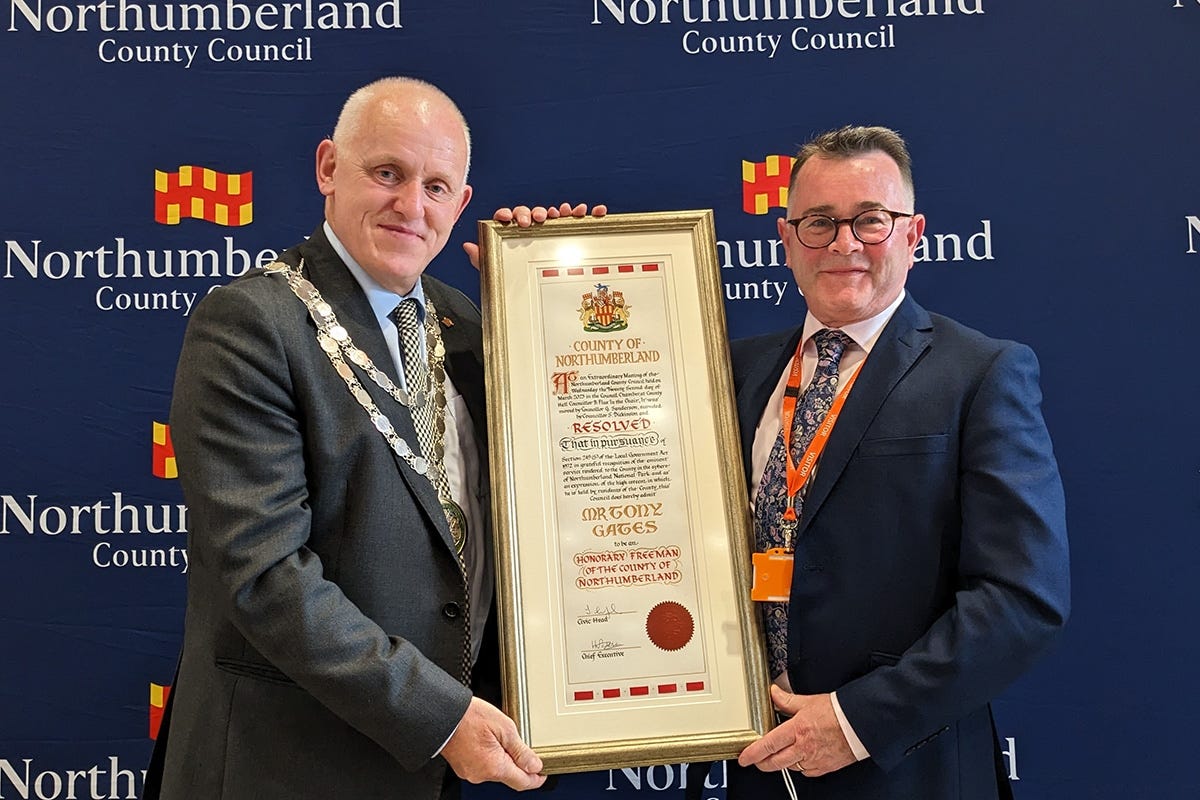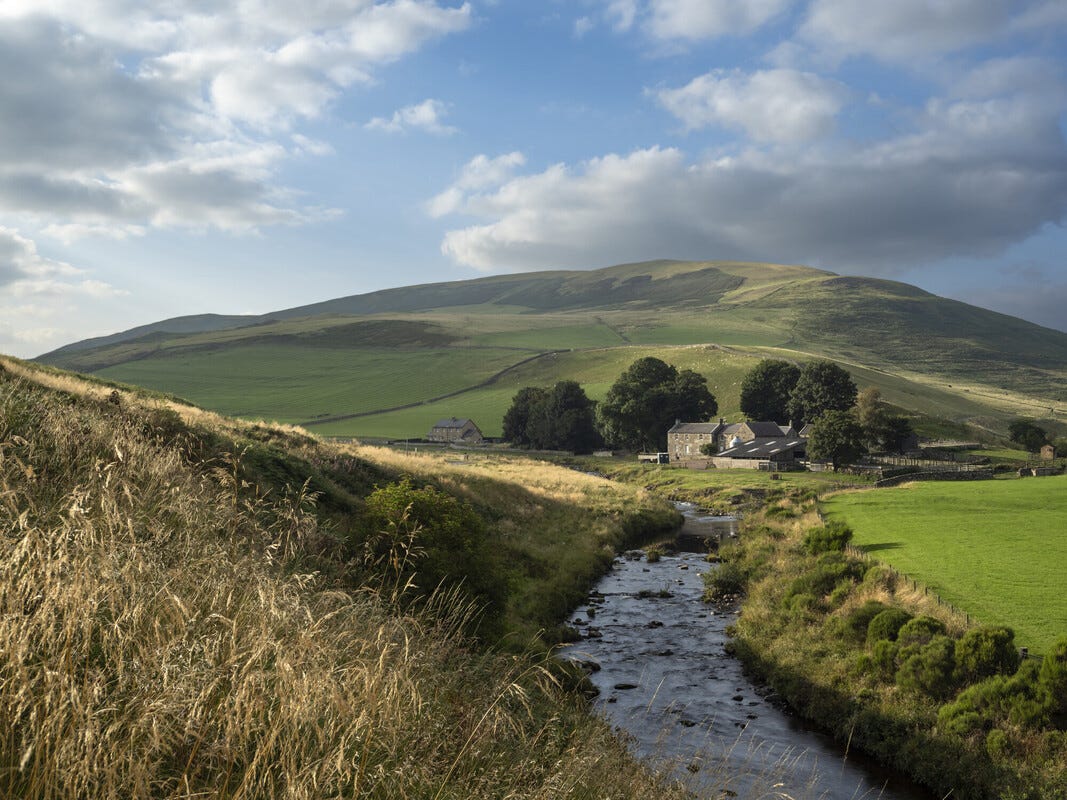Northumberland National Park chief announces retirement
The man who has been at the helm of Northumberland National Park for two decades is to step down. He talks to Tony Henderson
For the last 20 years Tony Gates has guided and safeguarded one of the North East’s greatest natural, cultural and historical assets.
In December he reaches the milestone age of 60 and in March next year he plans to retire as chief executive of Northumberland National Park.
“Everything has its day and it’s time to move on. I’ve had a good go at it,” says Tony, who arrived in 2005 with wife Faye to take on his new role and set up home in Hexham, where they have raised their four children.
They had worked in The Gambia in Africa as volunteers and later for the EU development fund.
Closer to his origins growing up in County Tyrone in Northern Ireland, Tony had also worked as chief executive of the Mountains of Mourne Heritage Trust, the striking Northern Irish landscape designated an Area of Outstanding Natural Beauty.
So it says a lot for the qualities of Northumberland and its national park that the couple have put down deep roots in the county.
Although perhaps they did know what to expect, as they had met while both studied town planning at Newcastle University from 1984.
The early days in charge of the complexities of a national park covering 405 sq miles of diverse landscape, created by nature and thousands of years of human habitation, were a challenge.
This is a park which cares for 1,100 km of paths for walking, cycling and horse-riding, 229 listed buildings, 425 scheduled ancient monuments, 4,000 Historic Environment Records, 31 sites of special scientific interest covering more than 10,000 hectares, six Special Areas of Conservation, three national nature reserves, two national trails and a Ramsar site (for the protection of wetlands).
Tony says: “It took me around six months to find my feet and it was a case of growing into the job.”
There were the blows of the financial crash of 2008 and budget juggling in the wake of significant cuts in government support for the national park.
“That was a very sobering experience but despite that we have achieved some great things,” says Tony.
He is very conscious of the 1949 legislation to set up national parks as part of the post-war drive which also produced the NHS and the Welfare State.
Designation of Northumberland National Park followed in 1956. During consultation there was a feeling among many that Northumberland should not follow parks like the Lake District in piling up visitor figures.
There was a preference for retaining the sense of space, wildness and isolation, partly fashioned by an often dramatic and turbulent history of Iron Age hillforts, Hadrian’s Wall, medieval fortifications and the lawless Border Reivers.
Today Northumberland is the least populated of England’s national parks with under 2,000 residents, or about two people per square kilometre. You want peace and quiet? You’ve got it.
The park is rated the most tranquil in England, with the cleanest rivers and air. In 2013 the whole of Northumberland National Park and most of Kielder Water & Forest Park became England’s first International Dark Sky Park, a designation awarded by the International Dark Sky Association.
“Northumberland is a different landscape, more challenging, less manicured. How people have lived through time here is a fascinating story,” says Tony.
“Not that much has changed, and the task is to manage change over time.”
But it is, he says, a living and working landscape. Agriculture and forestry underpin the economy, and with the park authority owning just one per cent of the land, a close relationship with farmers and major landowners like the Ministry of Defence with its Otterburn range is vital.
Currently 80 per cent of the park, with large areas of priority habitats, is managed under environmental stewardship agreements.
The visitor economy is also valued. In 2017 the park opened The Sill National Landscape Discovery Centre at Once Brewed, a short hop from Hadrian’s Wall, complete with a new youth hostel.
The £14m Sill was then the biggest development undertaken by any park. It provides information to visitors – 135,000 of them last year – on the attractions and opportunities offered by the park, backed up by its exhibition space, café and shop, with 80 per cent of stock locally sourced.
“We had an outdated visitor centre and hostel. The Sill was a massive step, a big undertaking,” says Tony.
“The Sill is the perfect place to start exploring Northumberland National Park, and a fantastic location to connect with nature and the park’s unique and special landscapes.”
An aim has been to continue the momentum and make the park available to those who feel that it is not for them.
“A lot of people perhaps believe that the park is not a choice for them, that there are barriers, and the challenge is to change that,” says Tony.
It has been a rewarding 20 years for Tony Gates, who in 2023 was awarded the Freedom of Northumberland for exceptional service to the county.
“It has been an honour to live and work in this beautiful and culturally rich county,” he said.
The day is approaching when he will hand over the task of ensuring that Northumberland National Park continues on its path to justifying its description as The Land of the Far Horizons.







